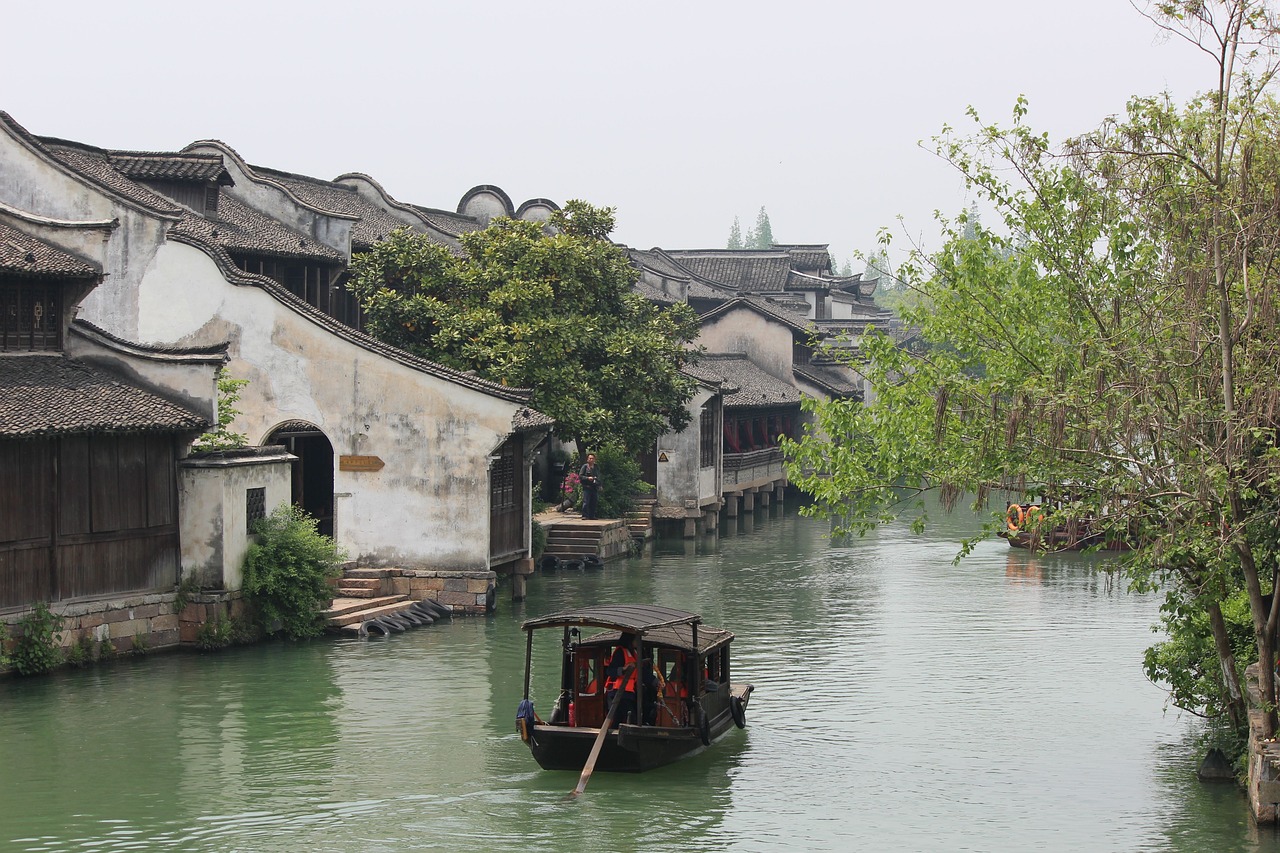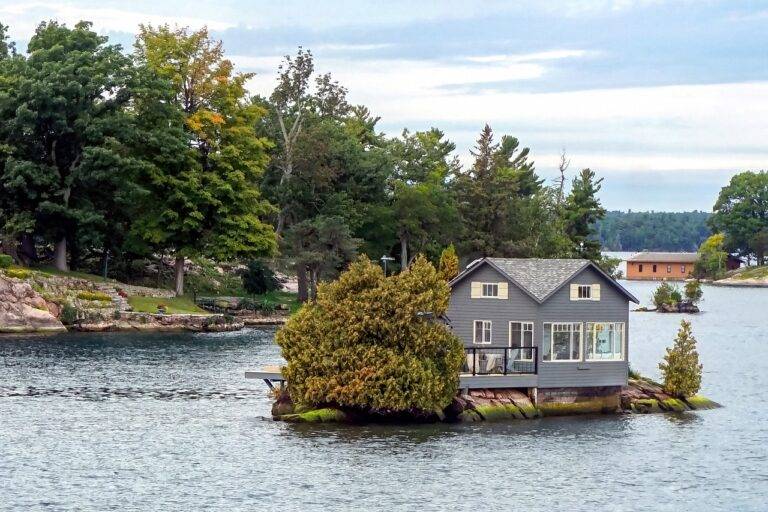How to Create a Sustainable Backyard
Creating a sustainable backyard involves thoughtful consideration of various elements that can contribute to the overall health and well-being of your outdoor space. One essential aspect to consider is the natural resources available in your area, such as sunlight, water sources, and soil quality. Understanding these factors will help you determine the most suitable eco-friendly practices and features to incorporate into your backyard design.
Additionally, when planning a sustainable backyard, it is crucial to think about how you can reduce waste and minimize your environmental impact. Implementing strategies like composting organic materials, using rain barrels to collect water, and choosing natural fertilizers can all play a significant role in promoting sustainability. By carefully assessing your backyard’s unique characteristics and considering ways to enhance its ecological resilience, you can create a harmonious and environmentally friendly outdoor space for both yourself and local wildlife.
Assessing Your Yard’s Needs
Understand the sunlight and soil conditions in your yard before choosing plants. Note the areas that receive ample sunlight and those shaded throughout the day. This will help you identify which plants will thrive in each location. Consider testing your soil to determine its pH levels and nutrient content, as this will guide you in selecting plants that will flourish in your specific soil type.
Evaluate your yard’s water availability and drainage. Check how well your yard drains after rainfall and identify any areas prone to standing water. Assess the water requirements of different plant species and match them to the water availability in different areas of your yard. This assessment will help you create a sustainable landscape that conserves water and supports the optimal growth of your chosen plants.
Choosing Native Plants
When selecting native plants for your backyard, it is crucial to consider the specific characteristics of your region. Different areas have varying soil types, sunlight exposure, and climate conditions, all of which play a significant role in determining the suitable plant species. Research local native plants that thrive in your specific climate and soil type to ensure their successful growth in your yard. By choosing plants that are adapted to your area’s conditions, you can minimize the need for excessive watering, fertilization, and pest control, making your backyard more sustainable and eco-friendly.
Additionally, native plants play a vital role in supporting local ecosystems and wildlife. By incorporating native species into your backyard, you can provide food and shelter for butterflies, bees, birds, and other beneficial insects. These plants have evolved alongside local wildlife and are essential for maintaining the natural balance of your ecosystem. Selecting native plants not only benefits your own yard but also contributes to the overall health and biodiversity of the surrounding environment.





